I haven’t ridden an overnighter since August 2017. It’s now February 2018 and my life circumstances have shifted so that I’m mostly based and training in the south of France rather than my home in Cornwall England.
There’s certainly worse places to be! The cycling here, near Toulon, is excellent so long as you like hills, mountains and wild landscapes. Luckily I do and I figure that riding in such arduous terrain can only benefit my training for this years TAWR.
Riding off into the night and camping wild in just a bivouac bag is hardly common, comfortable behaviour for most of us but my intention is to become increasingly comfortable doing just that. I have a no B&B policy for the race itself because I desire and enjoy the adventure of that level of self-support.
Finally, as we’re heading into the later half of February, the inland overnight temperatures here are not regularly well below zero and the nights very long. You can camp out in such conditions of course but it necessitates carrying more gear and I can’t say that it inspires me very much.
Day 1 – Saturday night
As it turned out this trip still had temperatures down to -3c and the cold was quite an issue for me. In the Relive video below you can see that the end of this night ride was basically one long freezing descent. I should have put another layer on but as I was pretty warm from the previous climb and could not really recall the topography of my route and how long the descent would last, I didn’t bother. Big mistake!
I must say I had a feeling of trepidation before I set off on this one. It was further out of my comfort zone than usual. Riding into the unknown, in a foreign country, where I don’t speak the language and with no close contacts nearby.
I have a Spot tracker and my wife had a copy of my route so she could check on me remotely from the UK but in the event of an emergency it will be just me and my mobile phone. I wrote out an “In Case of Emergency Card” and put it in my top bar pack. That was a sobering experience…
This night ride had me questioning my motives when I was on busier and less enjoyable roads. “What am I doing this for?” “Am I mad?” “Why bother?” “You could just turn around” I don’t have a clear answer for any of this. I know it’s a form of escape from the mundanity and compromises of daily life and I know I feel, in some way, more alive when I do these trips. Other than that the simple answer is I truly enjoy it, even including the moments when “I’m not enjoying it”, if that makes any sense.
Within 2 or 3 hours such thoughts had passed and I was into that calm night riding zone when the roads become almost empty and there’s more or less only the sound of the wind in your ears, your breathing and the purr of the bike’s drivetrain for company. I find it almost meditative.
Due to the high wind chill factor winter riding is typically an experience of too hot on the climbs too cold on the descents, and I’d had plenty of this in the 5 hours or so before I finally arrived in a chilly state at my target of the Elan 24/24 service station at Salles Sur Verdon I’d hoped to at least to find a vending machine here but I had no such luck.
The night was cold, clear, calm and starlit. Beautiful – time to find a bivi spot.
I always seek covered shelter when using my bivi bag as being exposed to any wind makes it very noisy inside and any rain is also noisy and then adds a lot of unnecessary water weight and general unpleasantness when packing away in the morning.
Shivering, I pedalled around the area looking for somewhere vaguely appropriate to camp. The best I could find was a covered patio area in front of a closed campsite. 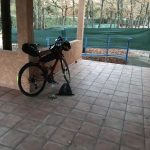 The cold tile floor was less than ideal for warmth but it did make for easy, clean, setting up and packing away. By this point my fingers were so cold that I couldn’t unclip my bags or helmet..doh!
The cold tile floor was less than ideal for warmth but it did make for easy, clean, setting up and packing away. By this point my fingers were so cold that I couldn’t unclip my bags or helmet..doh!
I finally managed using my teeth. Next, roll out bivi, inflate Thermarest mat, off with shoes, on with merino buff and into the bag goes I. Supper time… 2 cooked chicken breast fillets and a cereal bar. (I find protein before sleep helps with my recovery)
I’d not found anywhere to buy more food or drink on this ride either so my rations were low. Due to the cold I hadn’t needed to drink that much and a service station tap had at least allowed me to top up the juice mix in my bottles ready for the morning. Running low on fluids is to be avoided at all costs.
I had stupidly gambled on being warm enough on my toasty warm Thermarest mat, with just my cycling clothes and a down jacket to double as a sleeping bag. This has been fine before at +3 or 4c but with me being very cold already and with the freezing conditions it wasn’t so good at all and I literally shivered the night away, waking frequently and miserably, dreaming of being warmed by the first shafts of dawn sunshine.
No chance! The sun was way over on the other side of the mountains but still it was a warming thought and every little helps. On the next trip my down quilt is coming with me regardless of the added weight and packing squeeze!
I did not see a single cyclist on the road that night, I wonder why…
Day 2 – Sunday
I had a long warming climb to look forward to this Sunday morning and was expecting to soon be shedding layers but it was not to be. I was wearing, bib shorts, a short sleeve merino base layer, thermal leg warmers with merino knee warmers on top, a winter jersey, 2 pairs of socks, a TAW gilet, a Gore shake dry jacket , a primaloft quilted gilet and a full Rab down jacket over that plus a merino buff and cap. This entire lot stayed on for several hours without me overheating, hill climbs and all. I must have been properly chilled through from my cold night.
Still, this was a fabulous ride apart from the early cold and hunger due to the lack of open food shops on a Sunday in rural France.
The first col, Source de Vaumale of this ride is probably the longest climb I’ve ever ridden. At 12km and with an average gradient of 5.9% and a maximum of 9% it’s hardly Irish or Cornwall style steep by any stretch but still the added distance helps make up for that. The views are glorious the whole way.
Having completed the climb it was time to ride on and find a sunny spot for my well earned breakfast of another couple of chicken breasts and cereal bars. The ride data for the previous night ride suggests that I’d burnt around 4000kcal, add on the energy burnt trying to stay warm over night plus the climb just completed and it is clear I was very well into an energy deficit even after breakfast. Good training!
I certainly felt short on power but not like I’d “bonked” or hit any kind of a fatigue wall. I just felt generally depleted but I was in good spirits nonetheless. It was a glorious day in the mountains with barely a soul on the roads, life was good.
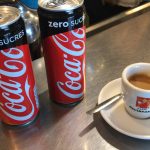 I eventually arrived at a village with a very small open Tabac bar but with no food or snacks in sight I ordered 2 Cokes and a coffee. The Cokes that arrived were sugar free..! Part way through the first Coke I spotted some full sugar Orangina and swapped out one of the cokes. I had three cereal bars left so ate another of those and pressed on.
I eventually arrived at a village with a very small open Tabac bar but with no food or snacks in sight I ordered 2 Cokes and a coffee. The Cokes that arrived were sugar free..! Part way through the first Coke I spotted some full sugar Orangina and swapped out one of the cokes. I had three cereal bars left so ate another of those and pressed on.
Maybe an hour later I arrived at another tiny bar full of French gents enjoying small lunchtime drinks. Full power Coke this time and another cereal bar. It helped.
Finally at just after 2pm and nearly seven hours into my ride I found an artisan bakery open in Draguignan and had a truly, truly, wonderful tuna and egg salad baguette accompanied by a large slice of pizza whilst sat in the now warm sunshine. Oh my this made a difference and it wasn’t too long before I felt my energy levels increase. Bouyed but my increased energy I considered trying to make it back to my start within 24hrs but concluded that enough was enough and I didn’t need any more self induced challenges.
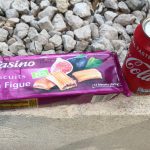 An open Spar shop just 30km or so from my finish lured me in for a final junk food top up before the last hill climb. A large Coke and entire pack of fig rolls later and that was me sorted for the final push; the darkness and cold was closing in again.
An open Spar shop just 30km or so from my finish lured me in for a final junk food top up before the last hill climb. A large Coke and entire pack of fig rolls later and that was me sorted for the final push; the darkness and cold was closing in again.
All in all a great adventure and good mental and physical training. I learnt a lot about what not to do and burnt off some unneeded weight, at least half a kilo.
Final stats:
Total duration: 1 day 1 hour and 21 minutes –
Active duration: 15 hours and 49 minutes
Total distance : 312.5km – 194mi
Total ascent: 4353m – 14,281ft
Gear changes : 2076 – 1972 rear – 104 front
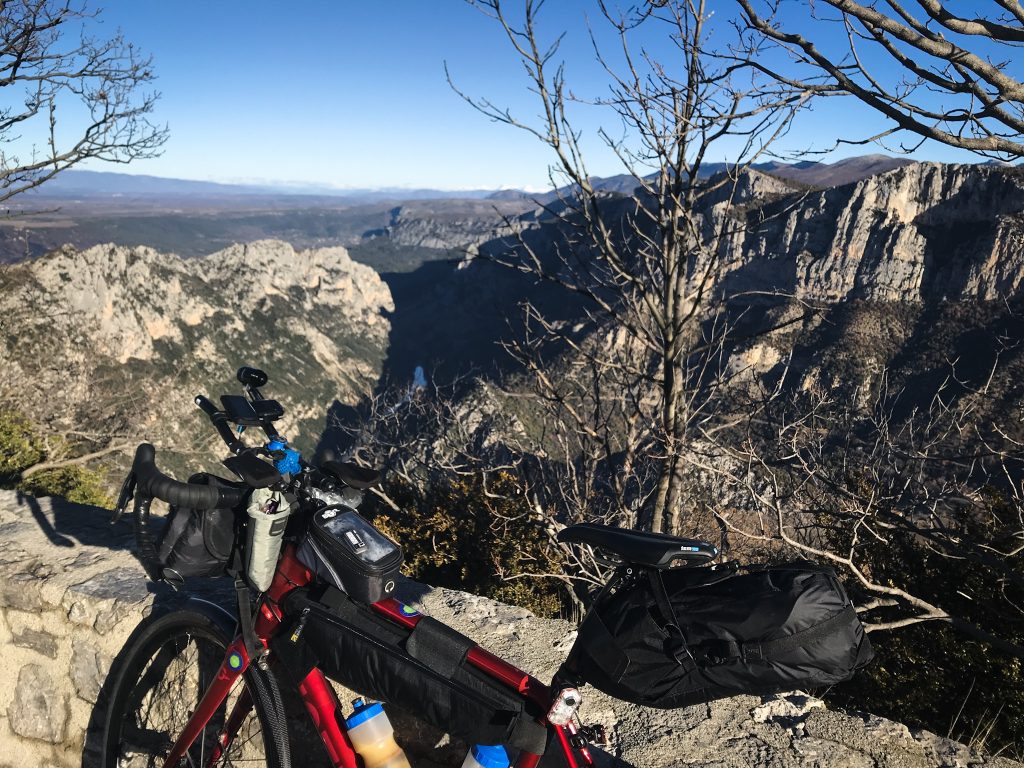

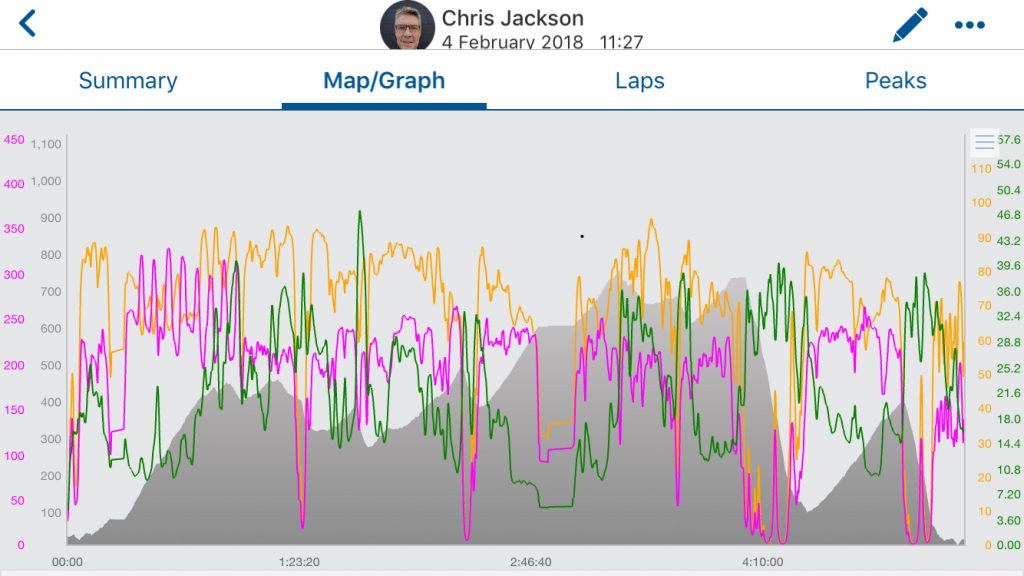
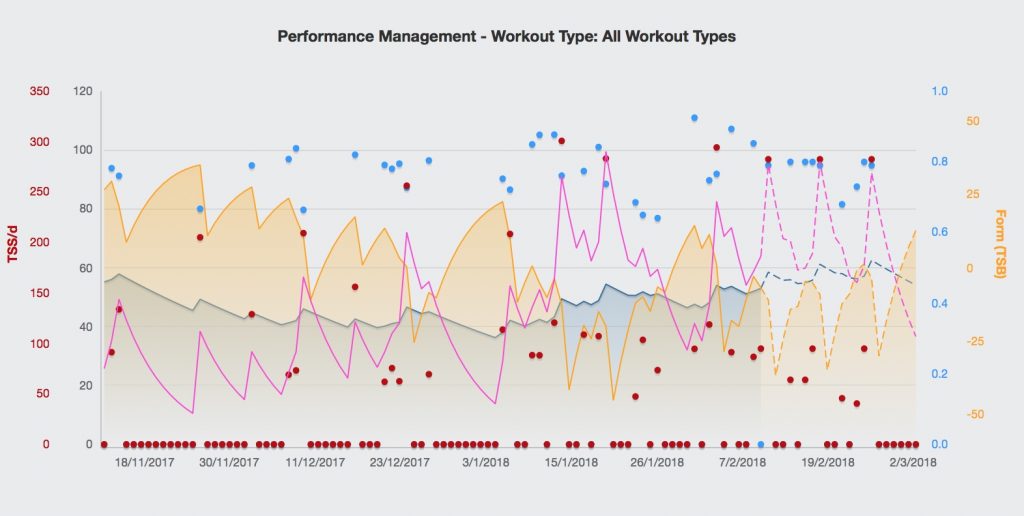






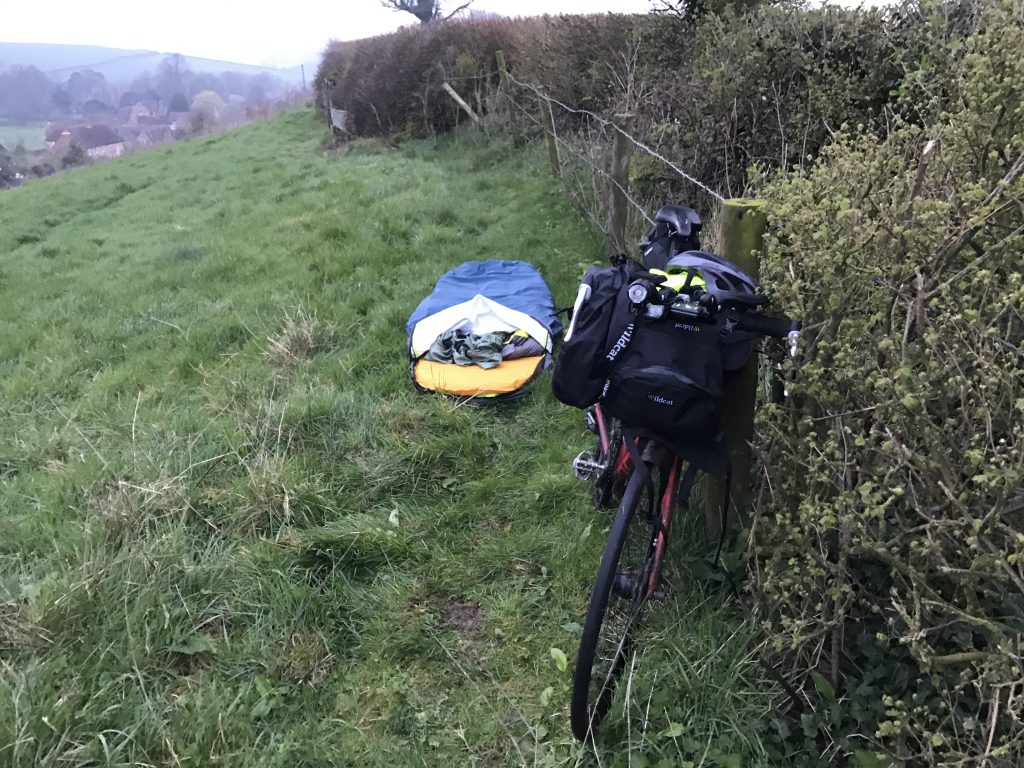


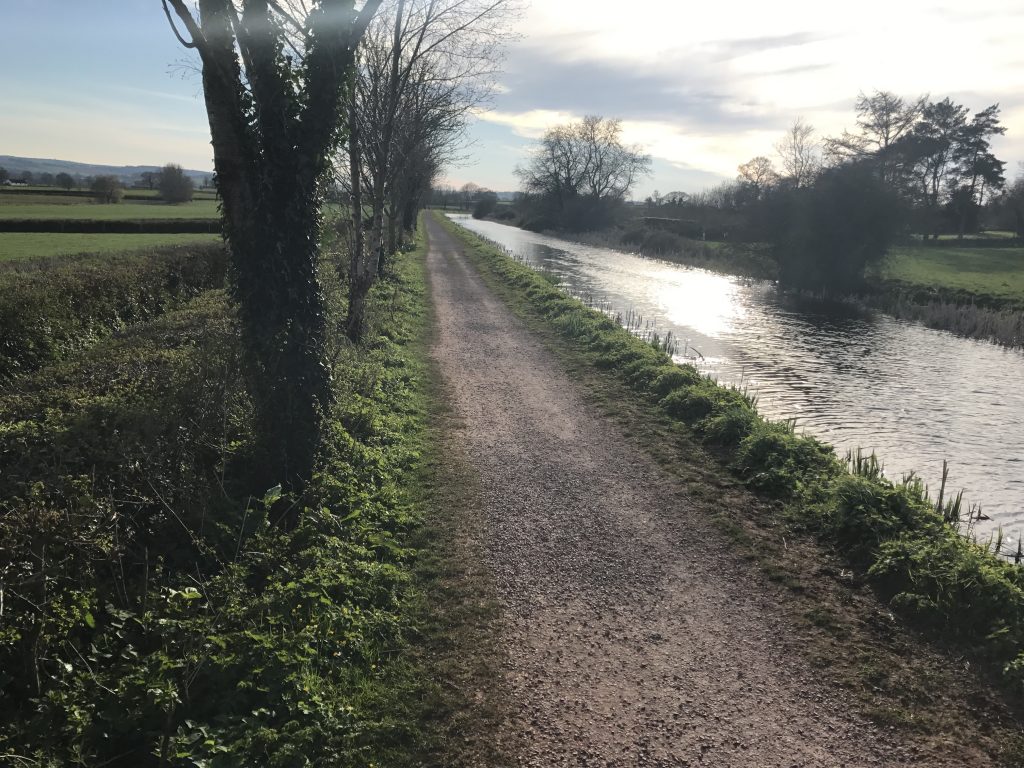
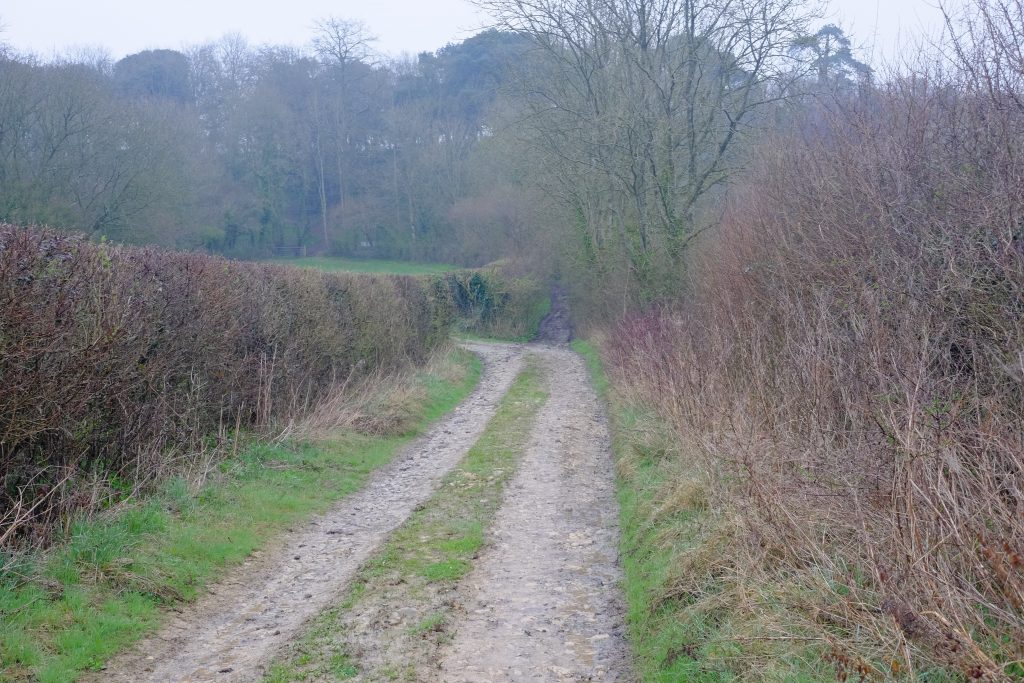

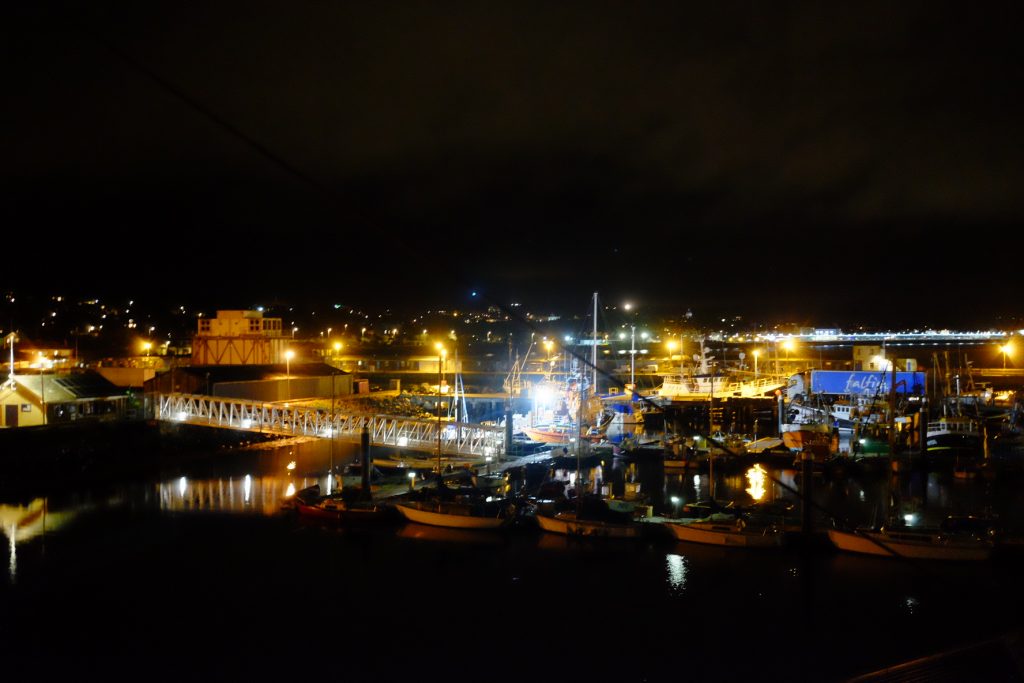
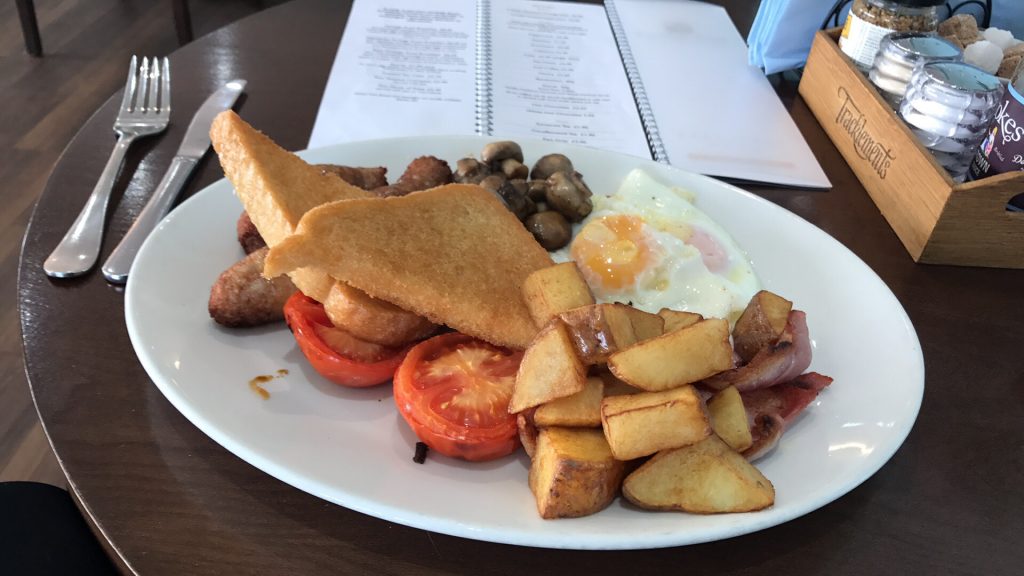
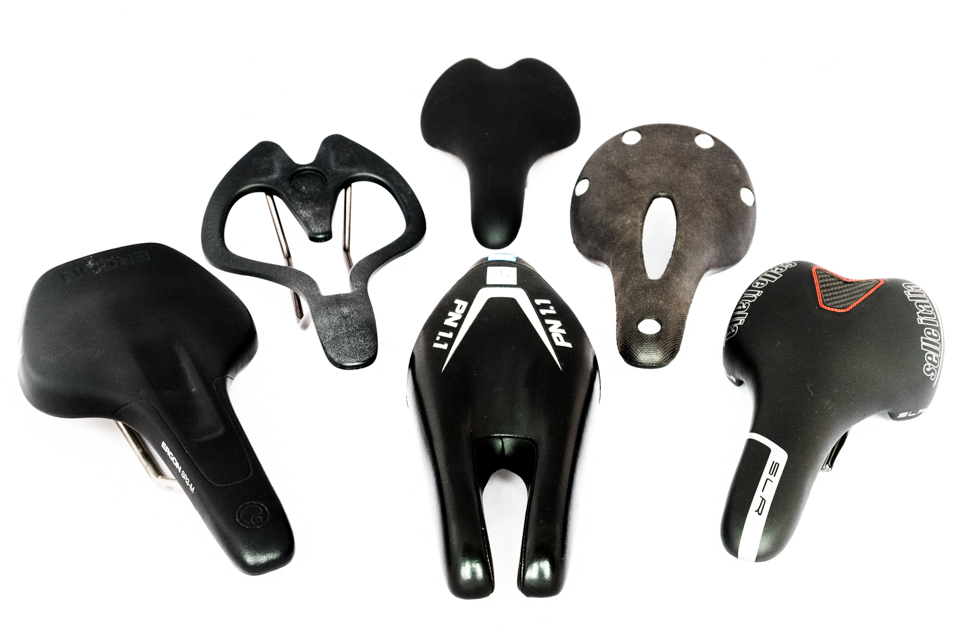

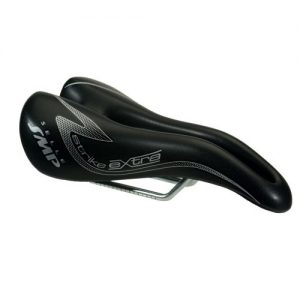
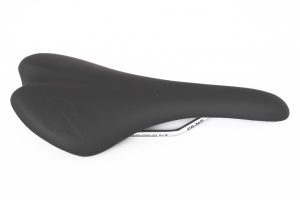
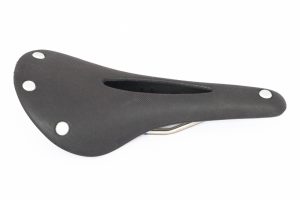
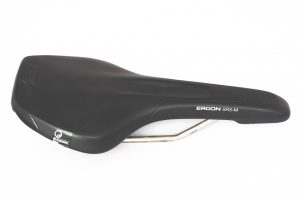
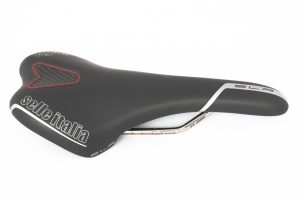
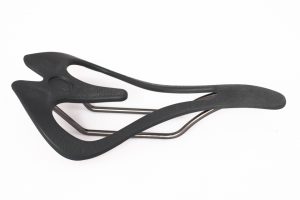
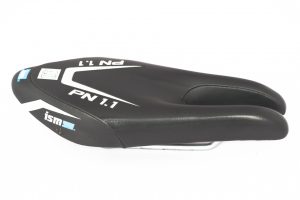 ISM PN 1.1
ISM PN 1.1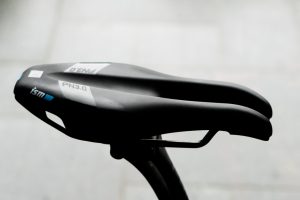
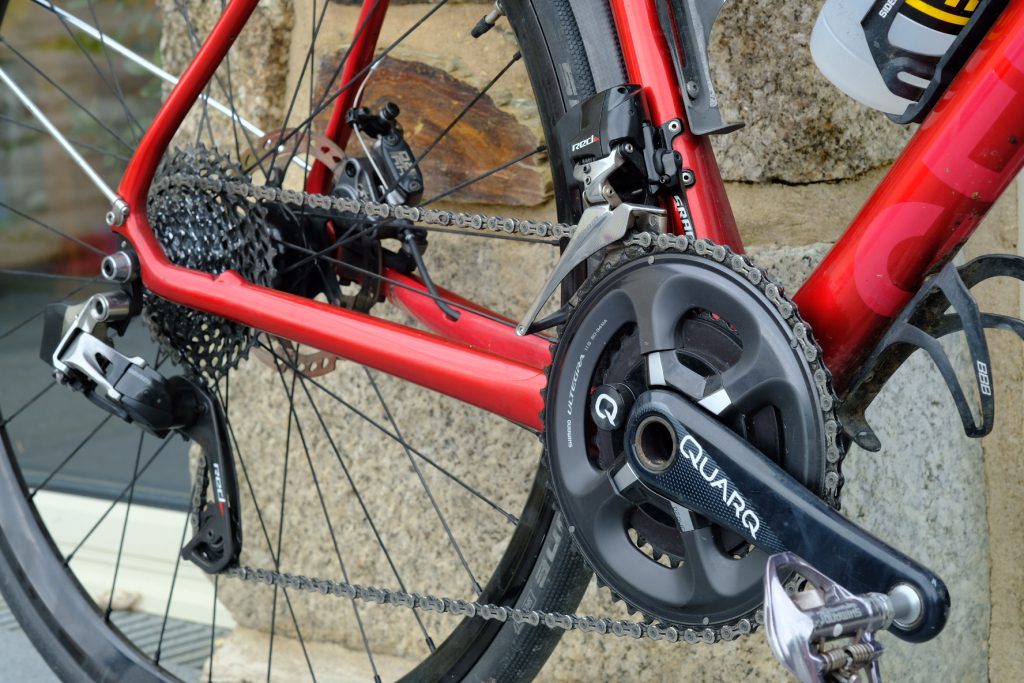
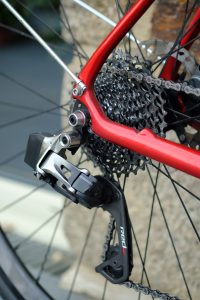 Sram eTap and gear ratios
Sram eTap and gear ratios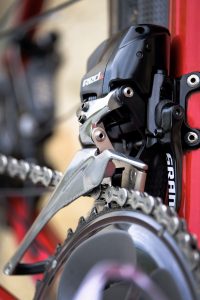
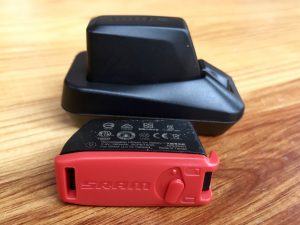
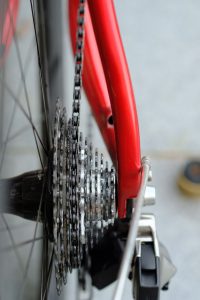 Gear Ratios
Gear Ratios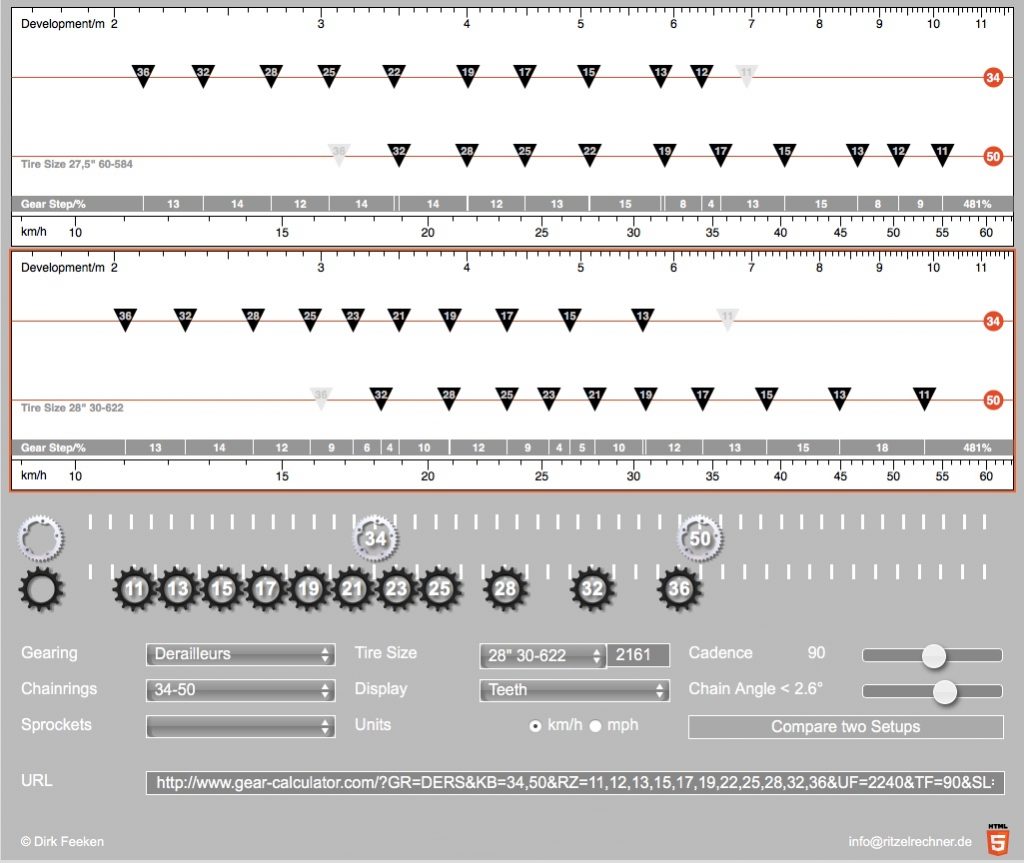
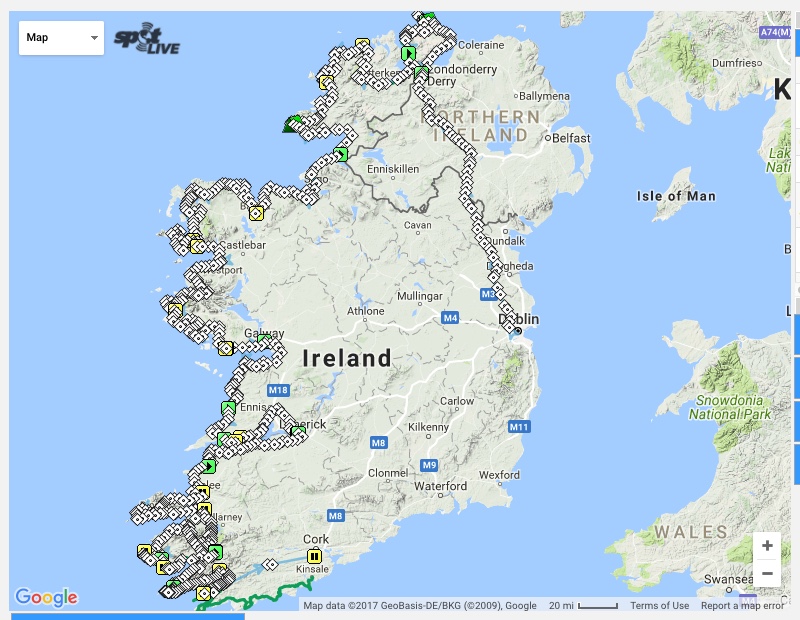
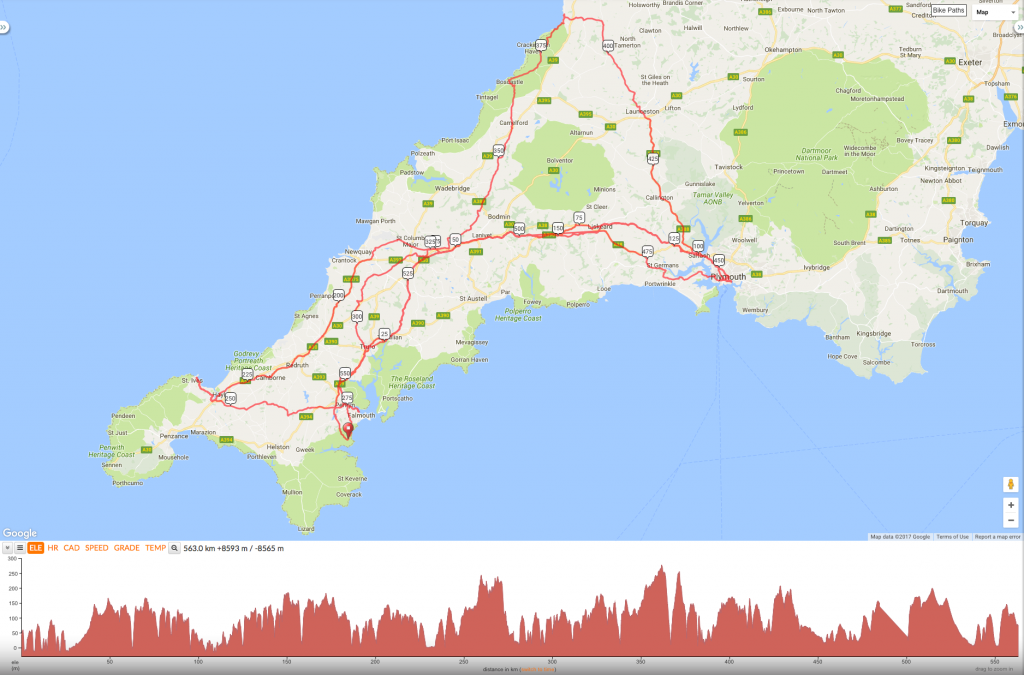

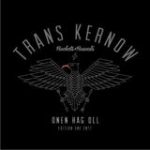 So what is Trans Kernow? Well the organisers,
So what is Trans Kernow? Well the organisers, 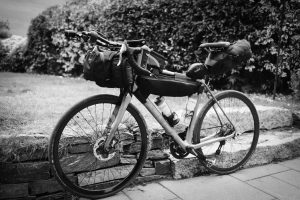 With my trusty
With my trusty 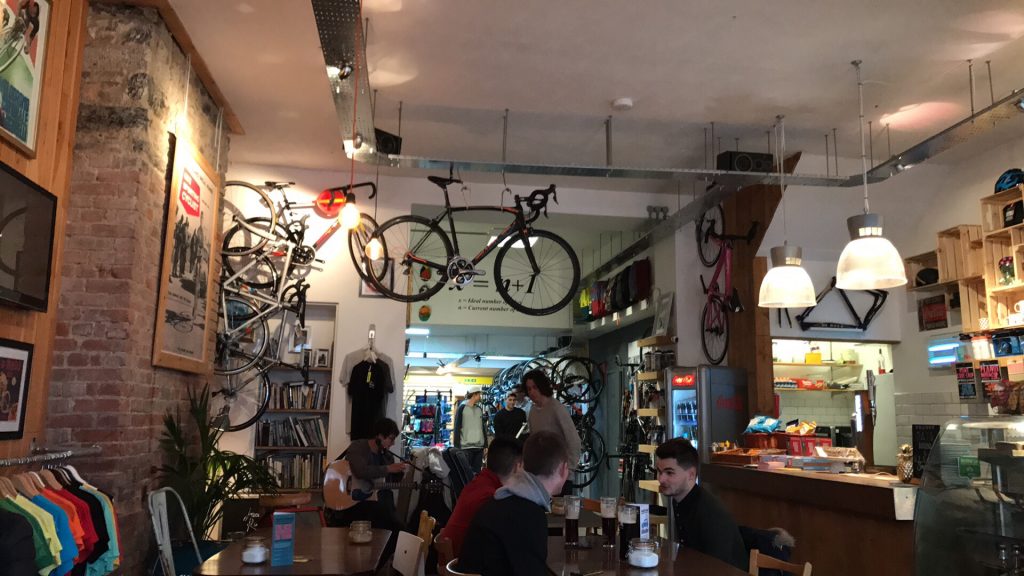
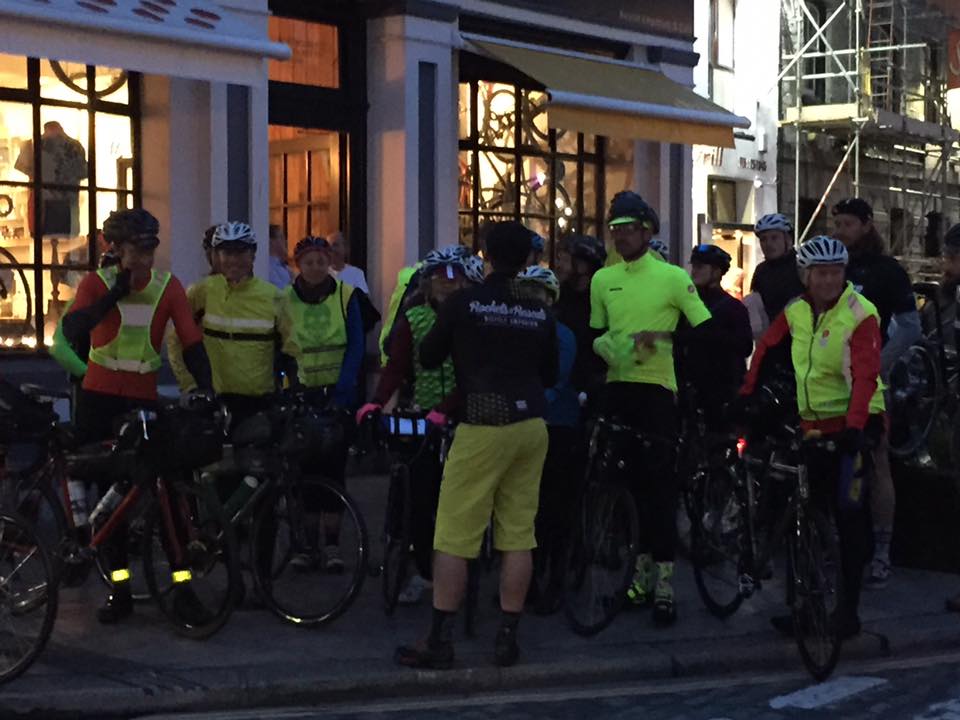
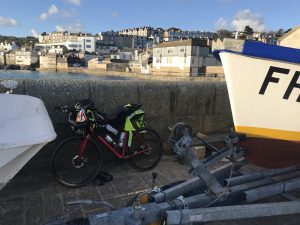 Tom is around 62kg and I’m around 81kg; on gentle inclines I could keep up with him but needed 220w or so to do so. On steeper inclines I needed to be in the high 300’s or more to stay in touch and I can’t keep that up for long at all, especially in the early hours of the morning after a long days riding. I had to content myself with watching him spinning steadily away up the hill whilst I ground steadily along at my 250w-ish hill speed.
Tom is around 62kg and I’m around 81kg; on gentle inclines I could keep up with him but needed 220w or so to do so. On steeper inclines I needed to be in the high 300’s or more to stay in touch and I can’t keep that up for long at all, especially in the early hours of the morning after a long days riding. I had to content myself with watching him spinning steadily away up the hill whilst I ground steadily along at my 250w-ish hill speed.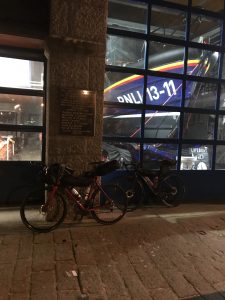 It so happens that Tom has entered this years
It so happens that Tom has entered this years 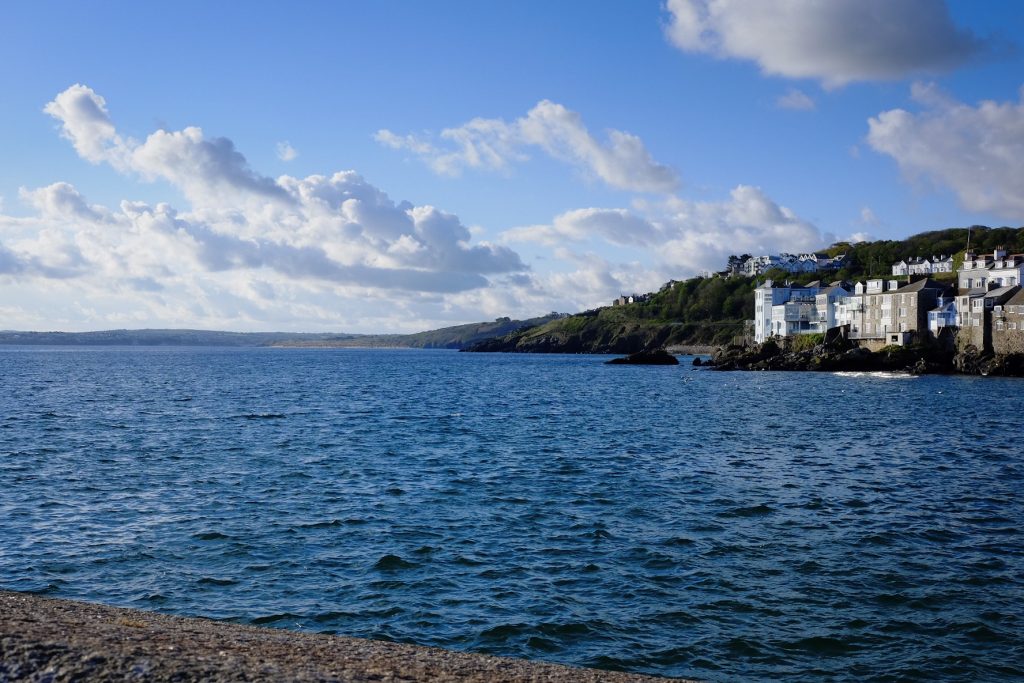
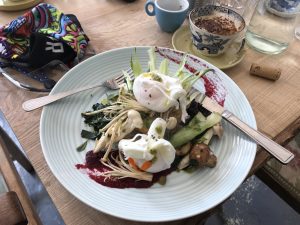 Relaxing in the courtyard outside
Relaxing in the courtyard outside 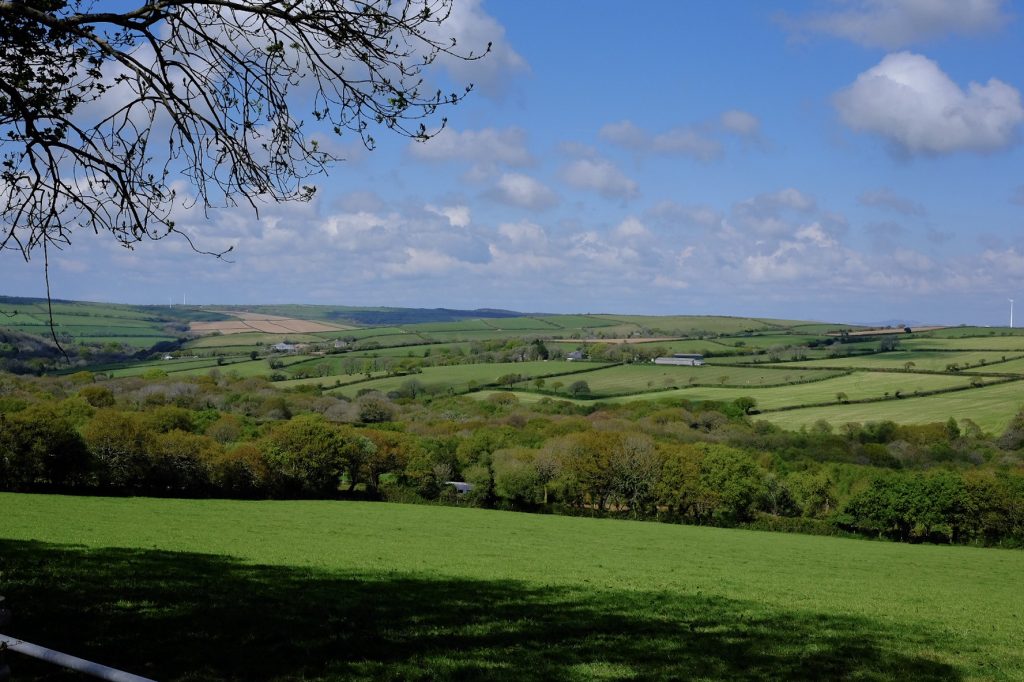
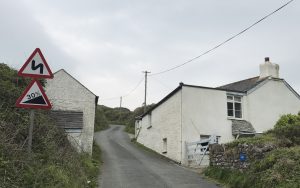 The final leg of this ride became a challenge as my route took me to Boscastle and back out on the coast road and included some tough climbs. Once again I cursed myself for not seeking out a flatter route. Finally I arrived at
The final leg of this ride became a challenge as my route took me to Boscastle and back out on the coast road and included some tough climbs. Once again I cursed myself for not seeking out a flatter route. Finally I arrived at 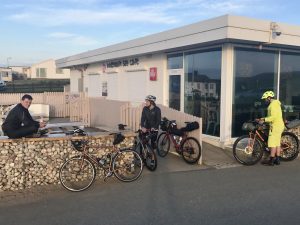 AirBnB rest stop for the night. It was well past 18:00 now and I was ravenous so I left Steve to manage the event and went in search of food.
AirBnB rest stop for the night. It was well past 18:00 now and I was ravenous so I left Steve to manage the event and went in search of food.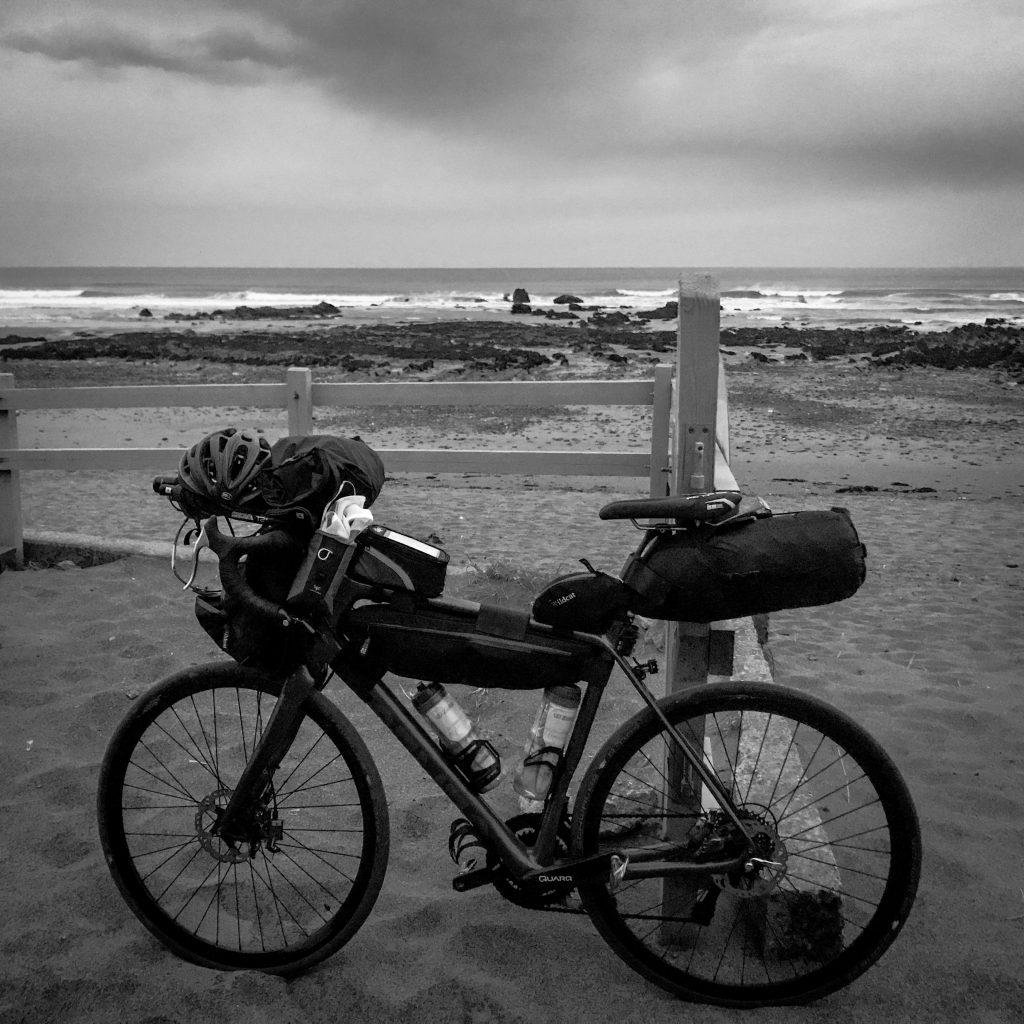
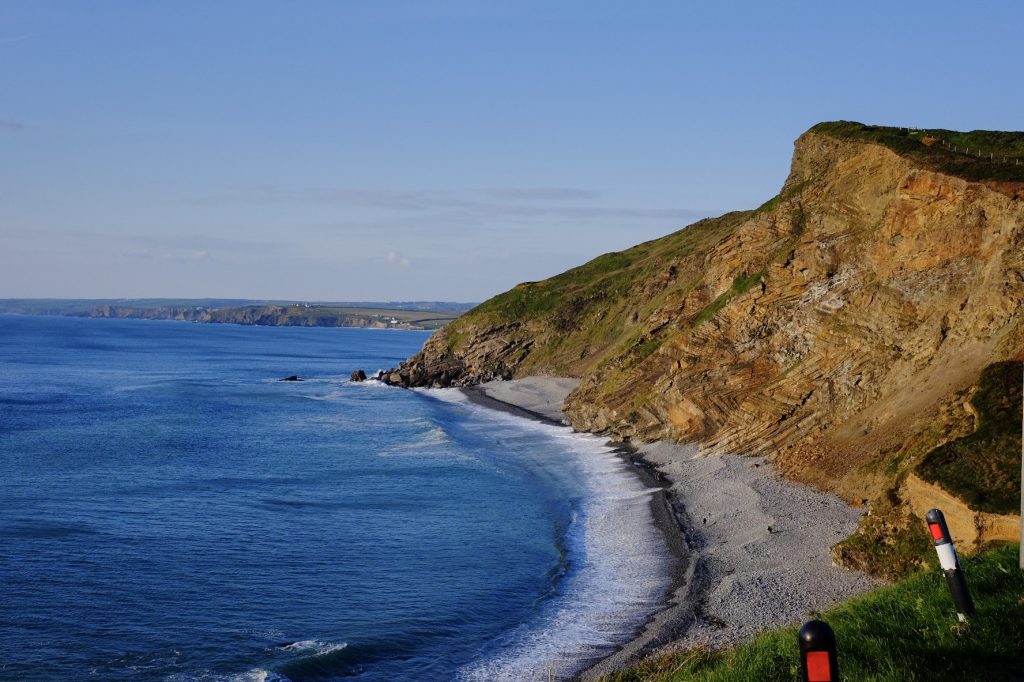
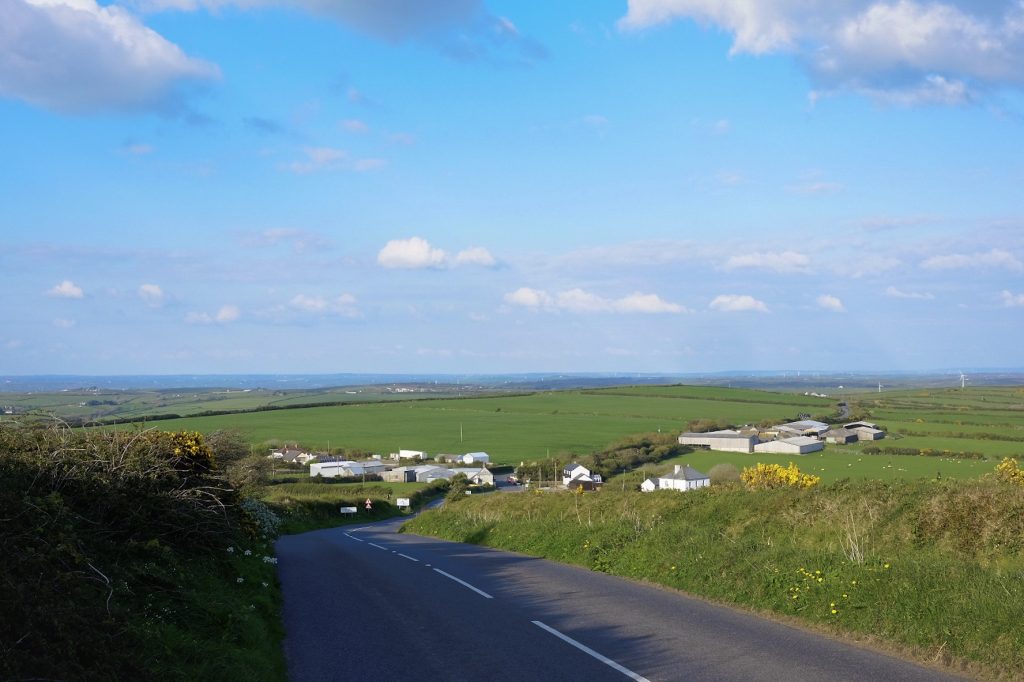
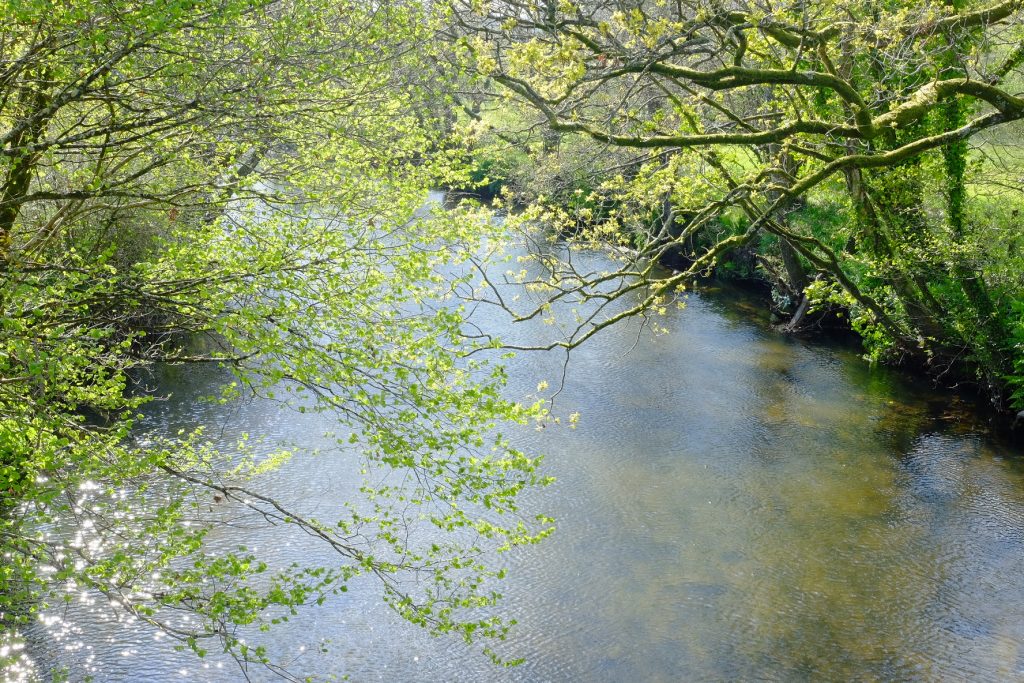
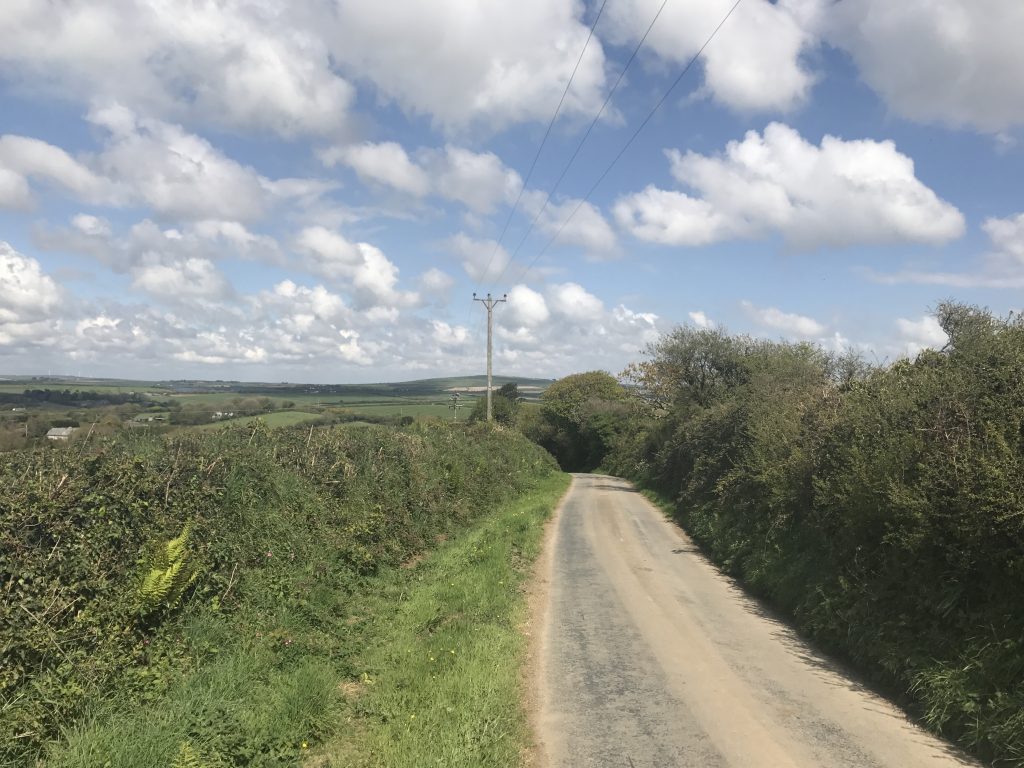
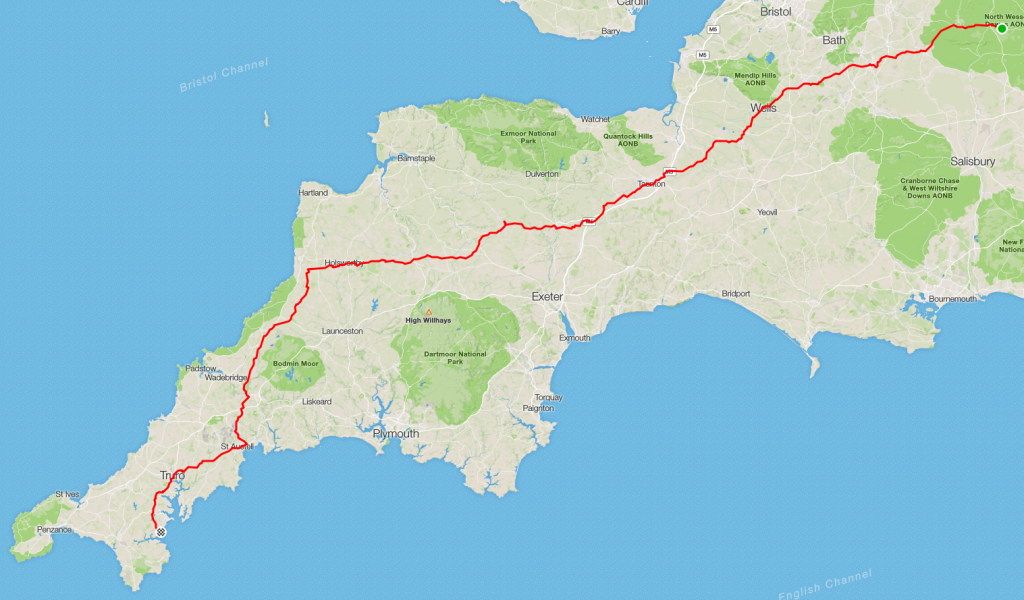

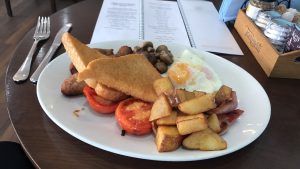 I was hungry though, and happily, around 30 miles into the day, a sumptuous breakfast opportunity presented itself at
I was hungry though, and happily, around 30 miles into the day, a sumptuous breakfast opportunity presented itself at 
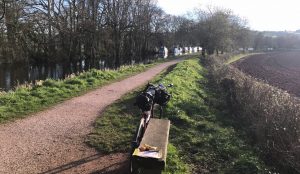 As evening arrived I decided to indulge in some quieter time and left the A361 to ride the towpath along the
As evening arrived I decided to indulge in some quieter time and left the A361 to ride the towpath along the 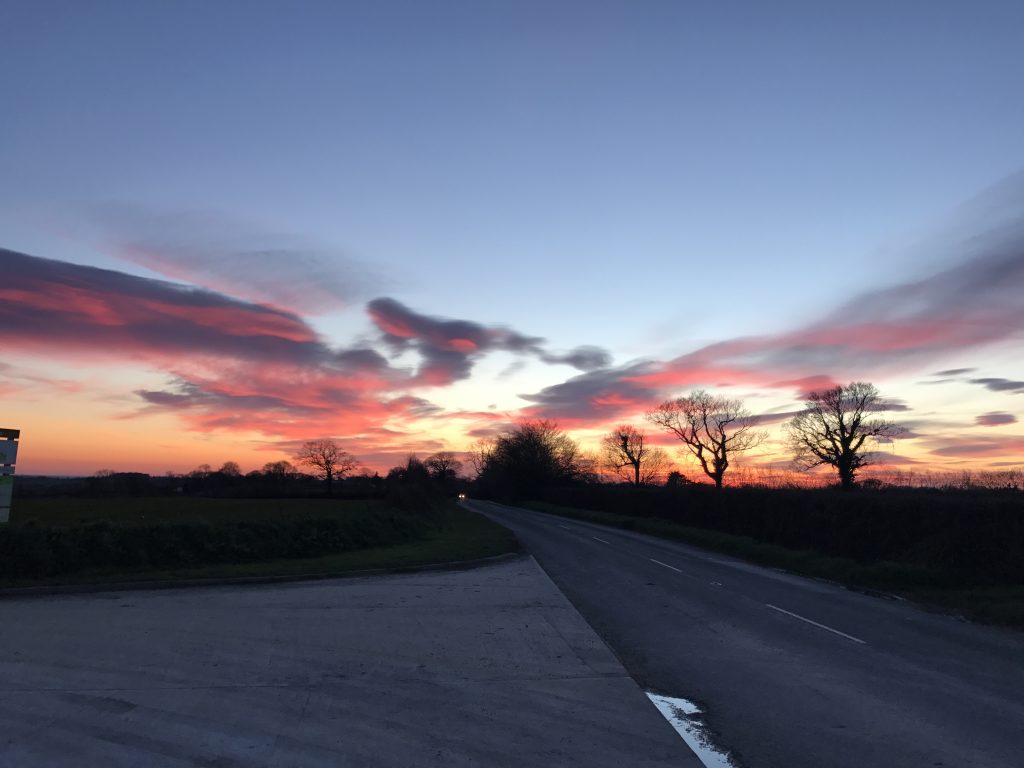
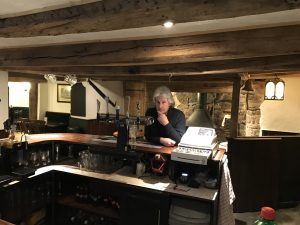 A lone publican greeted me (apparently all his customers had just headed off to a stag do or similar) and kindly let me indulge in a bout of device re-charging whilst I quaffed orange juice and soda and munched on pork scratchings (Fat and salt cravings…). He clearly thought I was mad but humoured me none the less whilst recounting his battles with his insurers who’d refused to pay up when the pub had caught fire some years back. Happily, it seemed he was now winning that battle.
A lone publican greeted me (apparently all his customers had just headed off to a stag do or similar) and kindly let me indulge in a bout of device re-charging whilst I quaffed orange juice and soda and munched on pork scratchings (Fat and salt cravings…). He clearly thought I was mad but humoured me none the less whilst recounting his battles with his insurers who’d refused to pay up when the pub had caught fire some years back. Happily, it seemed he was now winning that battle.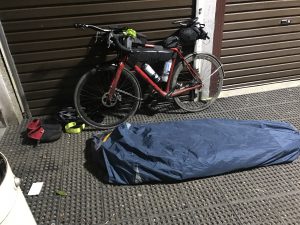 Finally I made it up a hill to BP’s mystically named “Camelot Valley Truckle Garage”. There I found an illuminated corner in which to take stock whilst sheltered from the bitter wind that was moodily whistling around and rattling every loose panel on the garage canopy.
Finally I made it up a hill to BP’s mystically named “Camelot Valley Truckle Garage”. There I found an illuminated corner in which to take stock whilst sheltered from the bitter wind that was moodily whistling around and rattling every loose panel on the garage canopy.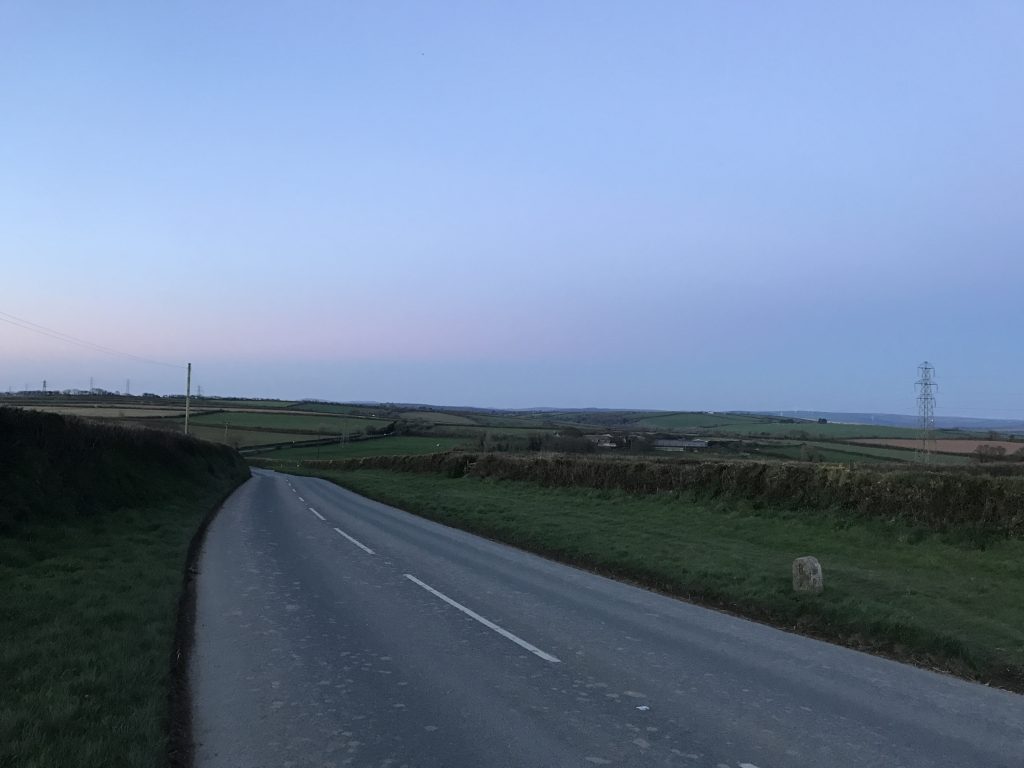
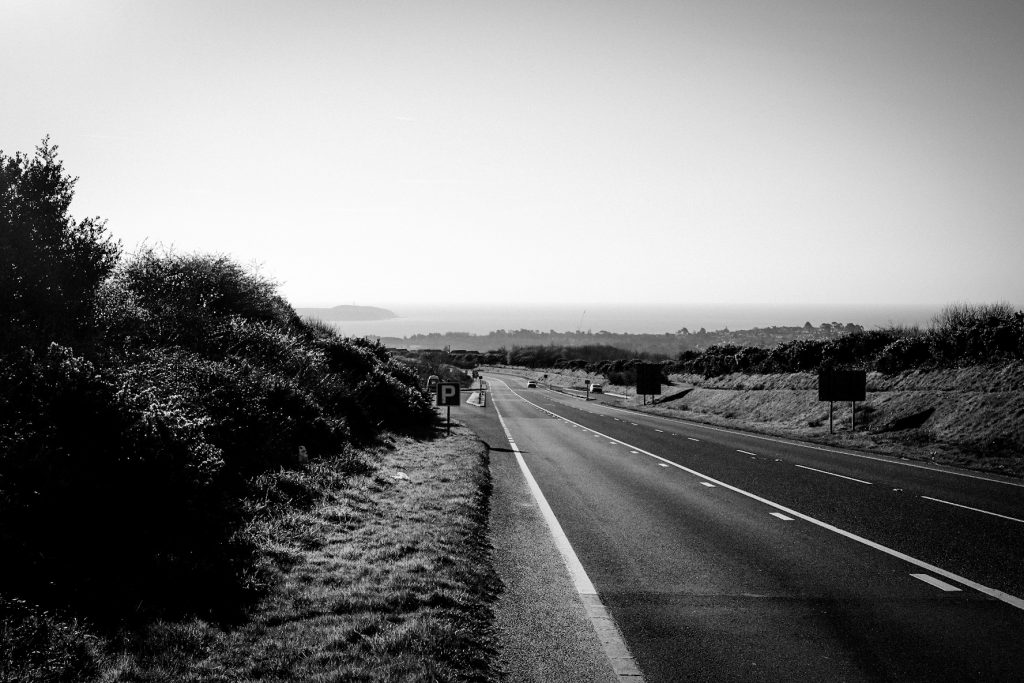
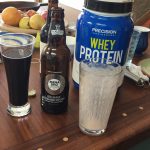 I made it home at around 10:00 feeling elated and somewhat less tired than I probably should have.
I made it home at around 10:00 feeling elated and somewhat less tired than I probably should have.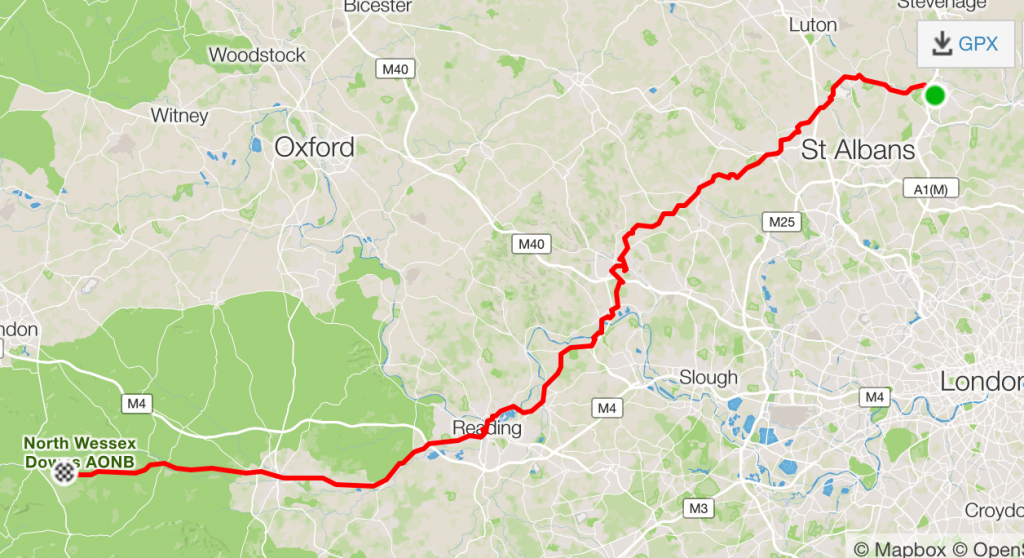

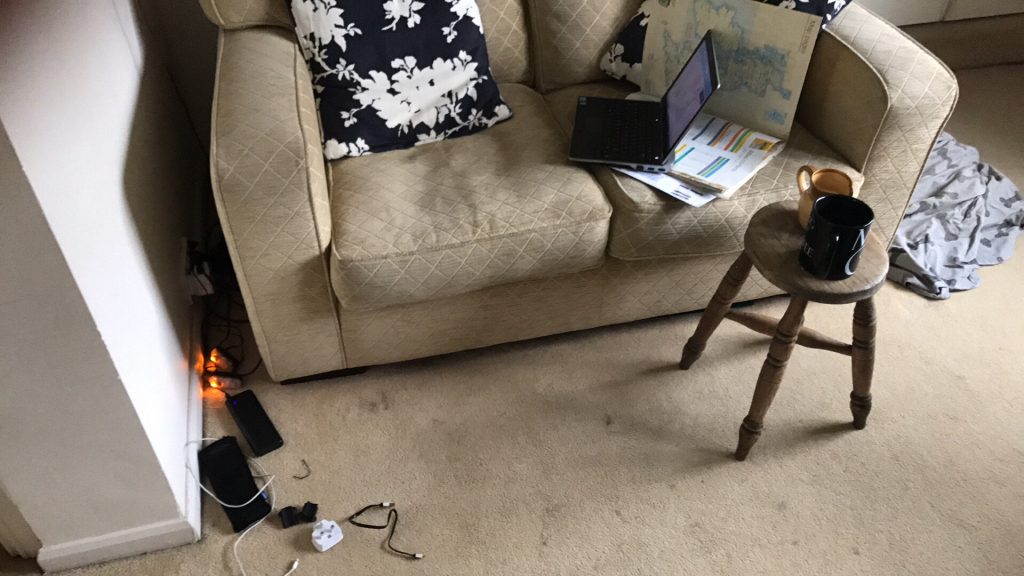
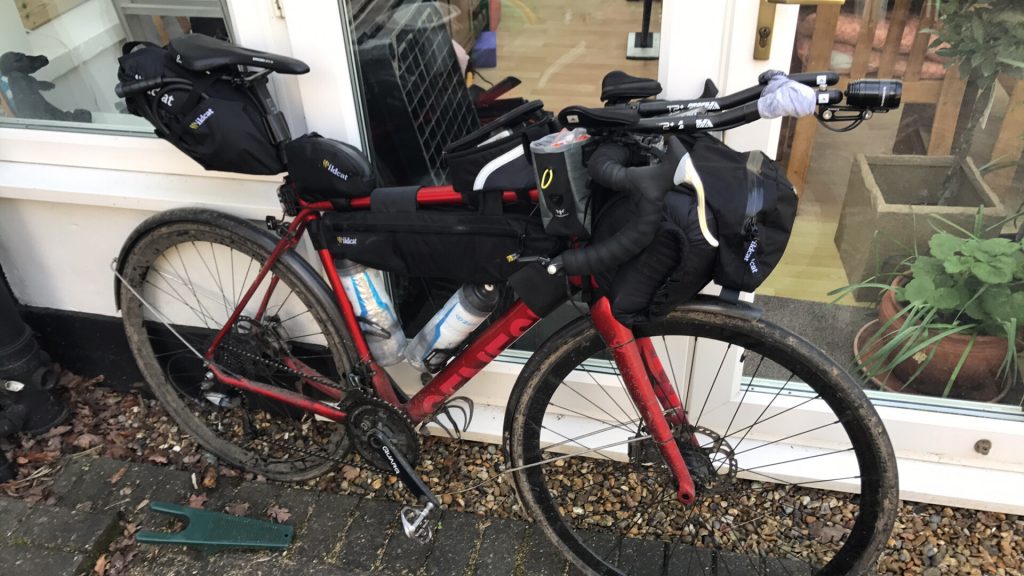
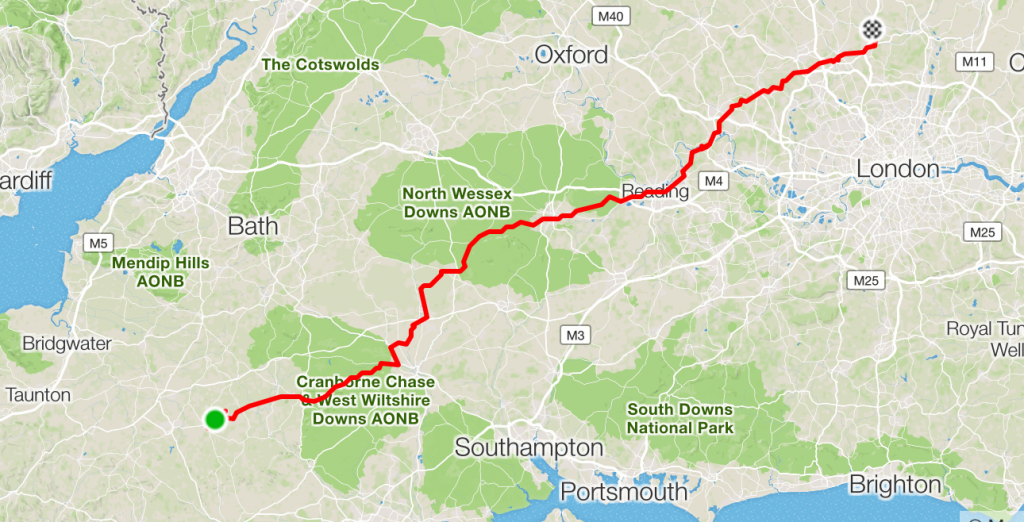
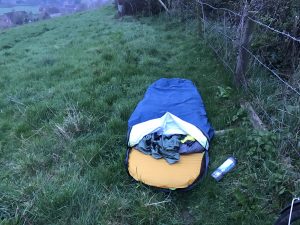 Day 2 dawned and I awoke happily warm and, remarkably, somewhat drier than when I’d wriggled into my little bivi cocoon 5 hours or so earlier.
Day 2 dawned and I awoke happily warm and, remarkably, somewhat drier than when I’d wriggled into my little bivi cocoon 5 hours or so earlier.